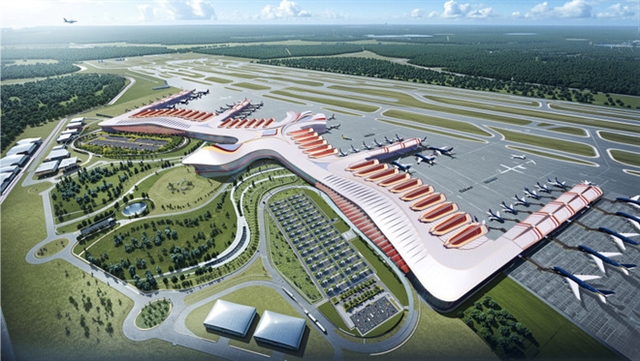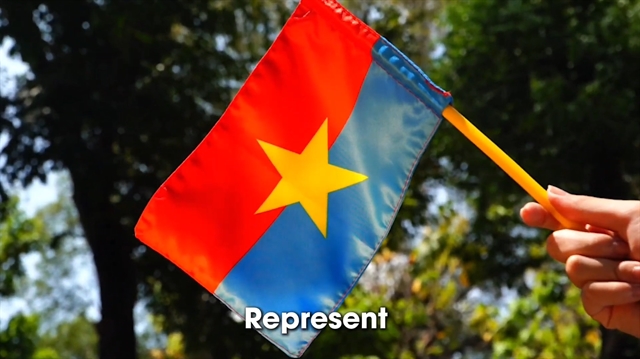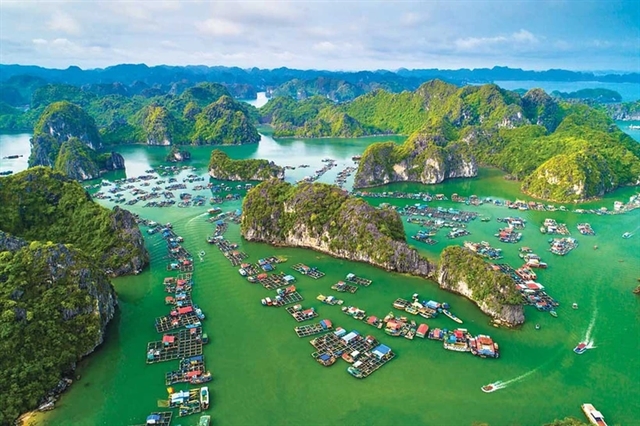 Life & Style
Life & Style
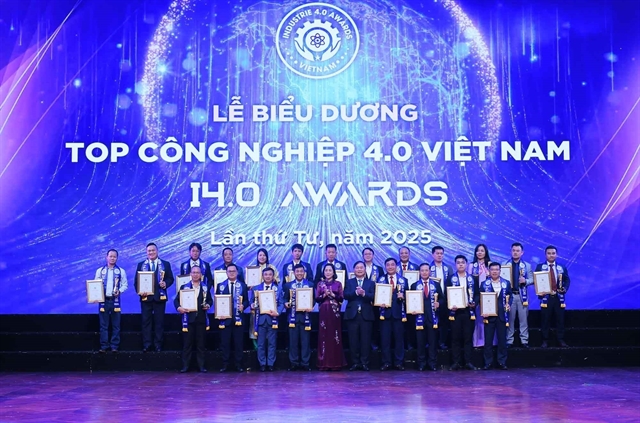
The number of visitors to the historical Điện Biên Phủ war complex in northern Điện Biên mountain province increased dramatically on the 64th anniversary of the Điện Biên Phủ victory.
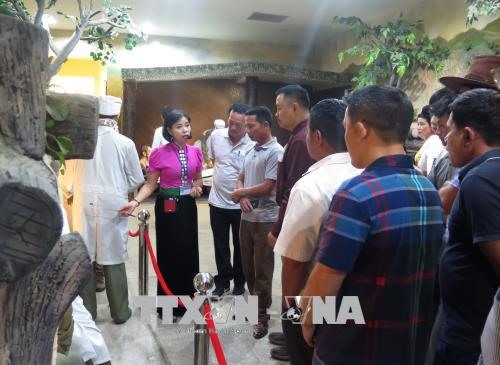 |
| Tourists at the Điện Biên Phủ Victory Museum listen to a tour guide (woman in pink ethnic costume) on Monday. – VNA/VNS Photo Xuân Tiến |
ĐIỆN BIÊN — The number of visitors to the historical Điện Biên Phủ war complex in northern mountain province of Điện Biên has increased dramatically on the 64th anniversary of the Điện Biên Phủ victory.
This was revealed by a tourism authority official on Monday.
Vũ Thị Tuyết Nga, deputy director of the Điện Biên Phủ Victory Museum, said on Monday alone, more than 5,000 tourists—double the number than last year— arrived in Điện Biên province to visit various historical vestiges of the battlefield .
Điện Biên Province, famous for the glorious Điện Biên Phủ victory against the French (May 7, 1954), has worked to conserve the war complex’s relics to preserve its historical values and attract tourists.
In the first four months of the year, the complex attracted 130,000 people, including nearly 35,000 visitors during the recent public holidays (April 30 and May 1), she said.
Last year, the complex welcomed over 380,000 visitors.
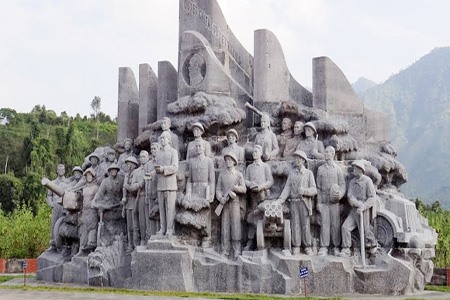 |
| The Mường Phăng Victory Monument in the Mường Phăng site. — Photo dienbientv.vn |
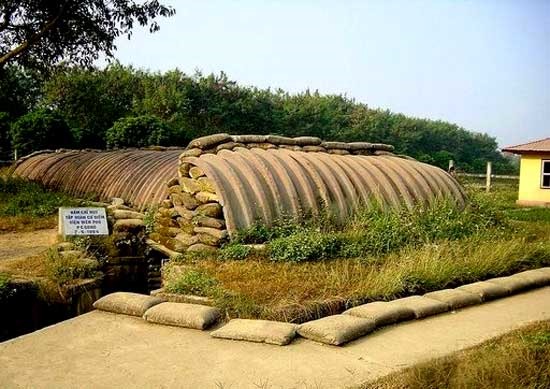 |
| The command tunnel of French General De Castries is one that attracts the most tourists in Điện Biên Phủ historical complex. — Photo dulichdienbienphu.com |
Quàng Văn Duy, a tourist from Sơn La Province, said although it was his second visit to Điện Biên Phủ, he was particularly impressed with the site due to its historical and spiritual values.
He said the complex served as a reminder of the country’s struggles, adding he was proud of the sacrifices made by his forefathers in the resistance war against foreign invaders.
The battlefield features 45 relic sites, of which eight are open to the public. They include a museum, a victory statue, the A1 Hill, Him Lam relic site, command tunnel of French General De Castries, Mường Phăng site, a monument featuring soldiers pulling artillery by hands and a parade field to commemorate the victory.
The Government, relevant ministries and sectors as well as local authorities have paid due attention to preserving and restoring the relic sites.
Besides the restoration work, local authorities have also paid attention to communication and media to promote tourism. Tour guides have also been prioritised, Nga said.
Điện Biên province is planning to develop tourism into a spearhead economic sector, which is expected to be a driving force to boost other industries in the locality.
However, the restoration work so far has relied much on the State budget. The province should devise rational mechanisms to attract investment for preservation and upgrading projects with a vision to 2030, the official said.
The Điện Biên Phủ victory played a decisive role in ending Việt Nam’s resistance war against the French and bringing a new momentum to the country’s revolution and struggle for peace, national independence and socialism.
The battle occurred in Điện Biên between March and May 1954 under the command of General Võ Nguyên Giáp. The victory led to the signing of the 1954 Geneva Accord, under which France agreed to withdraw its forces from the colonies in Indochina. — VNS

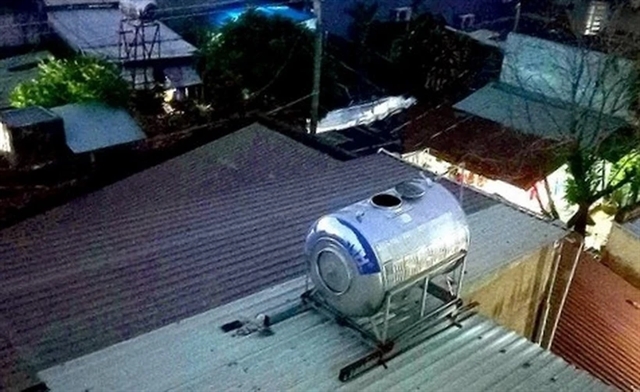



 Cusson Leung, Chief Investment Officer at KGI; James Chu, Chairman at KGI Securities Investment Advisory; James Wey, Head of International Wealth Management at KGI; Kenny Wen, Head of Investment Strategy at KGI)
